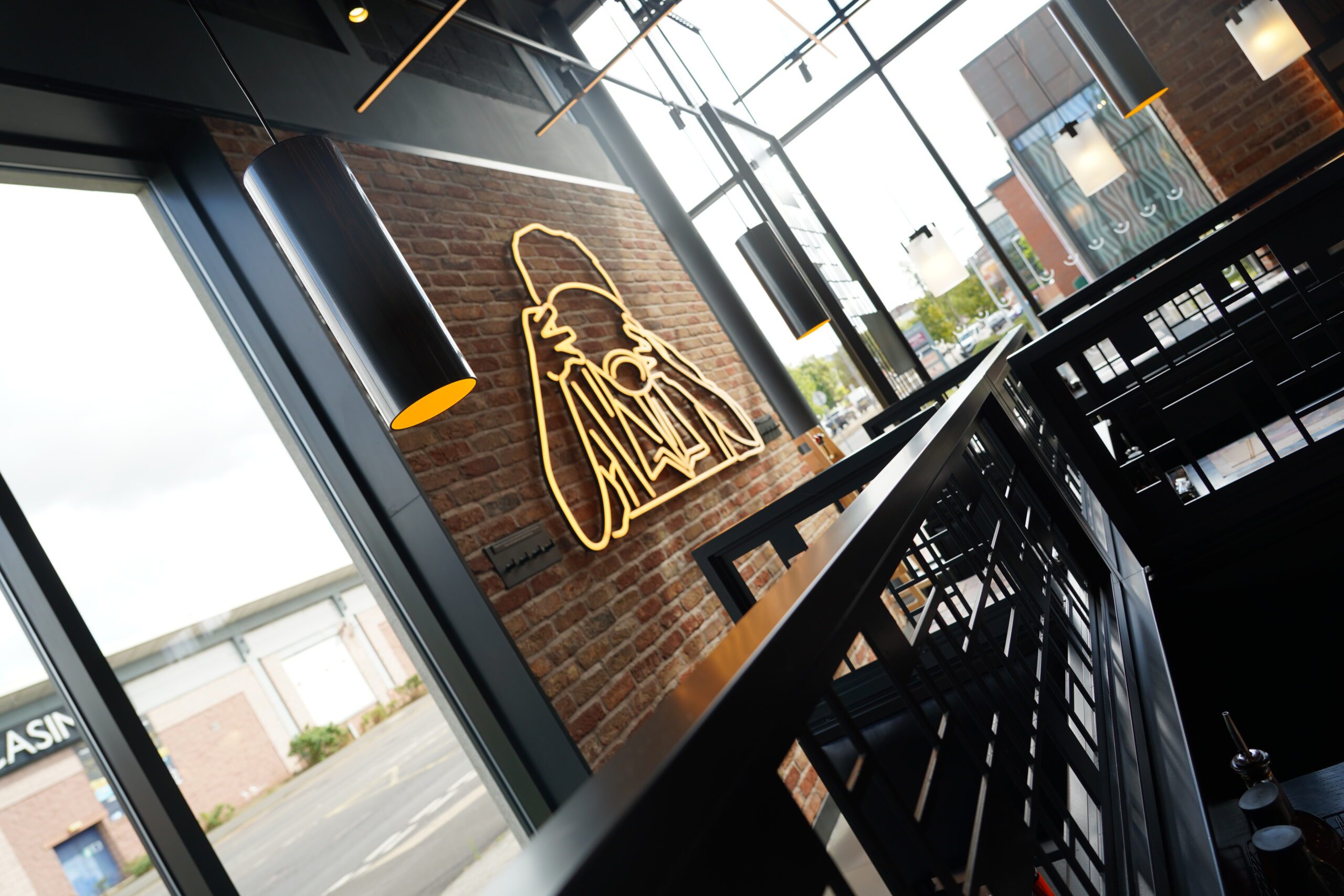
In today’s global society, diversity is more than just a buzzword; it’s an essential aspect of our daily lives, impacting everything from our workplaces to our public spaces. As businesses and organisations strive to be more inclusive, the design of physical spaces plays a crucial role in fostering an environment that welcomes everyone, regardless of their background, abilities, or needs.

Inclusive design is about creating spaces that are accessible and welcoming to all individuals. It recognises that people come from various backgrounds and have different needs, whether due to physical disabilities, cultural differences, or personal preferences. Designing with diversity in mind means considering these differences and ensuring that everyone can navigate, engage with, and enjoy the space equally.
Accessibility: One of the primary considerations in creating inclusive spaces is ensuring they are accessible to individuals with disabilities. This includes features like wheelchair ramps, wide doorways, accessible restrooms, and clear signage in various formats. It’s essential to adhere to the standards set by the Equality Act 2010 legislation.
Flexibility: A diverse space should be adaptable to different needs and activities. This could mean creating multi-purpose areas that can accommodate various functions, from meetings to social gatherings. Movable furniture and modular layouts allow for quick reconfiguration, making the space more versatile and accommodating to various groups.
Cultural Sensitivity: Designing for diversity also involves acknowledging and celebrating cultural differences. This can be achieved by incorporating elements that reflect the community’s cultural heritage, such as art, colour schemes, or architectural styles.
Natural Light and Acoustics: Ensuring adequate natural light and managing acoustics can significantly enhance the experience of all users. Bright, well-lit spaces are inviting and promote well-being, while thoughtful acoustic design can minimise noise distractions, making the environment more comfortable for individuals with sensory sensitivities.
Community Engagement: Involving the community in the design process is vital to creating spaces that truly reflect their needs and desires. Hosting workshops, surveys, or focus groups can gather valuable input from diverse voices, ensuring the final design resonates with the users and meets their specific requirements.
Creating inclusive spaces goes beyond compliance with regulations; it can lead to numerous benefits for businesses and communities alike:
Enhanced User Experience: Spaces that cater to a diverse range of needs enhance overall user satisfaction, making individuals feel valued and welcomed.
Broader Audience Reach: By designing with inclusivity in mind, businesses can attract a more extensive customer base, including individuals who may have previously felt
marginalised or excluded. This can result in increased foot traffic and sales for retail businesses, as well as enhanced employee morale and productivity in workplaces.
Innovation and Creativity: Diverse spaces can foster innovation and creativity by bringing together individuals with different perspectives and experiences. An inclusive environment encourages collaboration, leading to fresh ideas and solutions.
As we move toward a more inclusive future, the importance of designing spaces that reflect the diversity of our communities cannot be overstated. By prioritising accessibility, flexibility, cultural sensitivity, natural elements, and community engagement, we can create environments that celebrate and embrace the richness of human diversity.